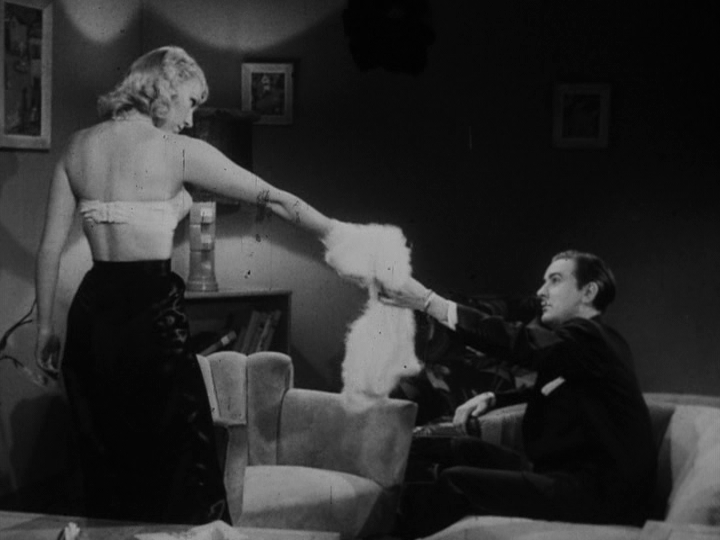I watch a lot of Seinfeld. It’s my safe place, in a way, a place where it seems nothing truly bad can happen; despite the surprising number of people who actually die throughout the series, for the four principle characters, nothing that happens has much consequence or permanence beyond the moment itself (let’s just pretend that “The Finale” never happened, shall we?). It’s the nature of Seinfeld‘s anti-narrative that all events, no matter how damaging or disturbing, simply transpire with no physical or emotional consequences. That’s why, when I’m anxious or otherwise not feeling great, Seinfeld can reliably pick me up with its inspiringly detached sociopathy. Nothing really matters in the long run.
Continue reading “Art Vandelay is Gay: Queer Observations on ‘Seinfeld’”





